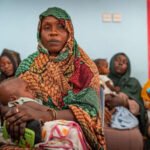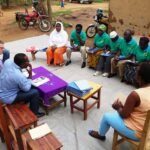Many children with disabilities in Kenya still lack access to school, a new report by the country’s Ministry of Labour shows.
Development Diaries reports that in the report, Support Needs Assessment for Persons with Disabilities and their Primary Caregivers 2022, the ministry noted that more than half (55 percent) of children with disabilities aged six to 13 years were out of school due to severe disability.
It is understood that the children who were not attending school were mainly those with communication, cognitive, self-care and mobility disabilities.
The report showed that the unavailability of special schools and financial difficulties were given as excuses by roughly 17.8 percent of the children who did not attend school.
According to the Kenya Institute of Special Education, the prevalence rate of children with special needs and disabilities aged between three and 21 years in Kenya is 11.4 percent.
In Kenya, as in many other parts of the world, learners with disabilities face numerous barriers that impede their access to education.
These barriers not only deny them their right to learn but also limit their opportunities for personal growth and participation in society.
Many schools and educational institutions in Kenya lack accessible infrastructure. This includes ramps, elevators, and adapted restrooms, making it difficult for them to move around and access facilities.
Also, many schools do not have the necessary resources or specialised equipment, such as Braille materials, assistive technology, or sign language interpreters, to support learners with disabilities.
There is also the concern of a lack of inclusive curricula. The curriculum in many Kenyan schools does not cater to the diverse learning needs of students with disabilities, making it challenging for them to keep up with their peers.
Development Diaries calls on the Kenyan government create an inclusive and accessible education system that allows all learners to reach their full potential.
Photo source: WFP







